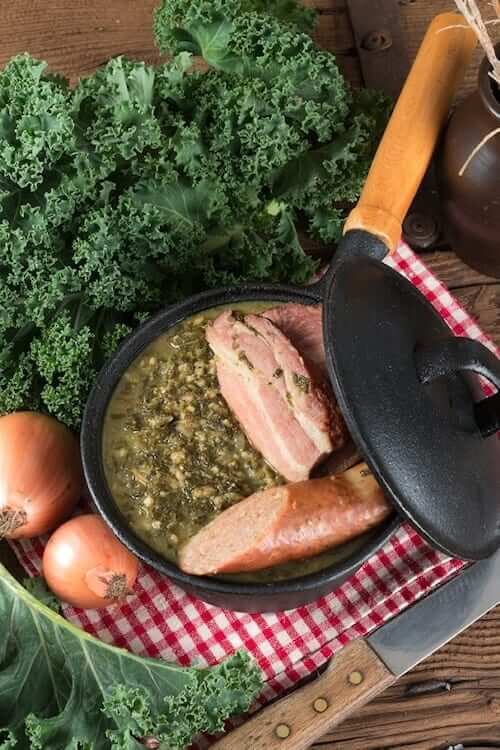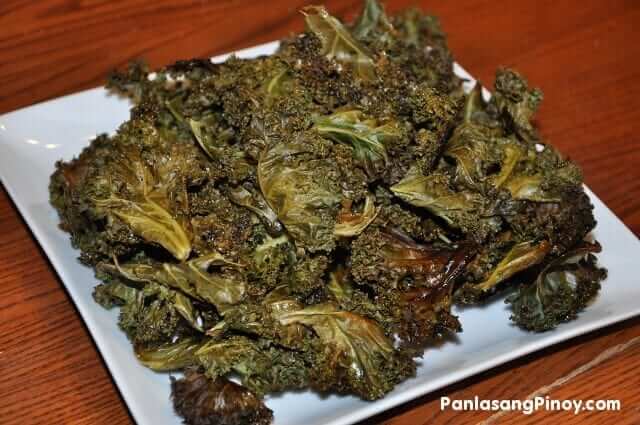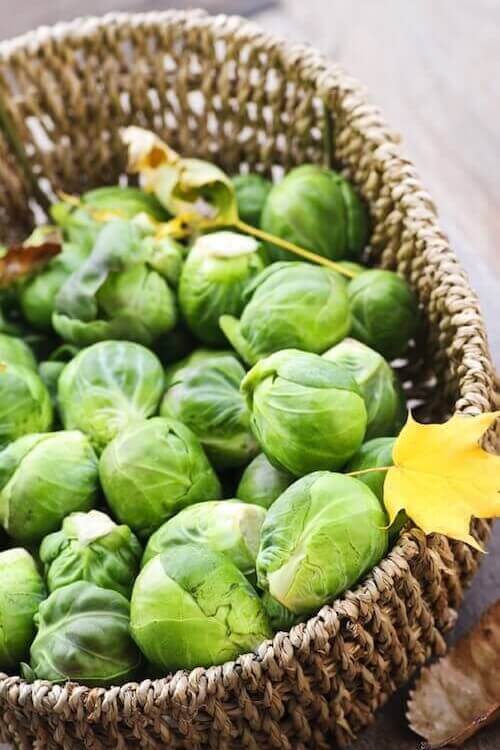How to Cook Kale
Kale is a fresh, versatile vegetable you can use to add a healthy finish to your dishes. It belongs to the same family as collard greens, and packs just as many vitamins and minerals. Cooks around the world use it to make everything from salads to casseroles. Because it cooks quickly, it’s important to learn…
This post may contain affiliate links. Please read our disclosure policy.
Kale is a fresh, versatile vegetable you can use to add a healthy finish to your dishes. It belongs to the same family as collard greens, and packs just as many vitamins and minerals. Cooks around the world use it to make everything from salads to casseroles. Because it cooks quickly, it’s important to learn how to cook kale correctly to avoid losing its nutritional goodness.

Why You Should Know How to Cook Kale
Not only is it an exceptional source of vitamins A, C and K, kale also contains high amount of protein, calcium, omega fatty acids and iron. The vitamins are essential to maintain immune system, cell and visual health. Protein and calcium are beneficial for bone and muscle, while iron takes care of oxygen transportation in the body. Omega fatty acids play a huge role in reducing inflammation and decreases blood clots in those with heart diseases.
How to Cook Kale at Home
Learning how to cook kale the right way is easy, simply because it doesn’t require much cooking in the first place. While a few prefer it raw, you can make it tender by blanching, sautéing and braising.
Prepping Kale
Before cooking, make it a point to rinse kale under cold running water. Remove and throw away all discolored leaves that have turned either yellow or brown. Use a sharp knife to cut off the hard, dry part of the stem and discard. The best way to cut kale is to roll it up into small bundles and cut crosswise into strips.
Sautéing
If you prefer to learn how to cook kale by sautéing it, add a teaspoon of oil (preferably olive oil) to a pan and heat. Kale should be sautéed over medium to high heat for 8 to 1o minutes. Kale does not turn soft right away, so you will need to chop it into smaller pieces before sauteing to help make it tender, fast. Don’t forget to add some salt and pepper to make it taste better. To make it taste even better, feel free to add meat while cooking the kale. Chicken,pork, or beef will do — just make sure that the meat is tender before you start to devour your meal.
Braising
To braise, get hold of one pound of kale and cut it up appropriately. In a pot, pour ½ cup of seasoned water, broth or wine. Add kale and slow cook for 30 to 40 minutes over medium low heat. You can use 2 to 3 cups of whichever seasoned cooking liquid you prefer. You can also add a tablespoon or two of balsamic or red wine vinegar while braising the kale. I usually add slices of roast pork or beef while braising the kale, but this is just my preference. I also have a version that makes use of coconut milk and tuna. It is a Filipino dish called Kale and Tuna Laing. It is rich, spicy, and delicious.
How to Incorporate Kale into Diet
Now that you know how to cook kale, there are a few recipe ideas you can try. Kale tastes great particularly in soups. To make a winter soup, add beans, squash and even sausages for a dish that warms you up. You can also work it into hearty dishes like lasagna, pizza and quiche. Kale-lovers also suggest making it into salty chips the same way you’d use potatoes.
Knowing how to cook kale is the first step to creating many delicious, healthy recipes. Kale can be used to give a range of meals a nutritious finishing touch. From kale chips to kale quiche, there isn’t much you can’t do with this versatile vegetable.



arnold euste says
i need this book